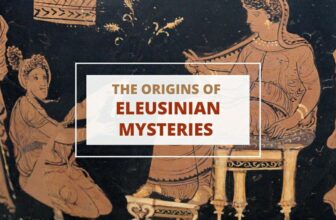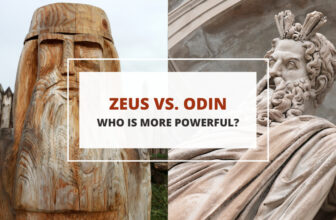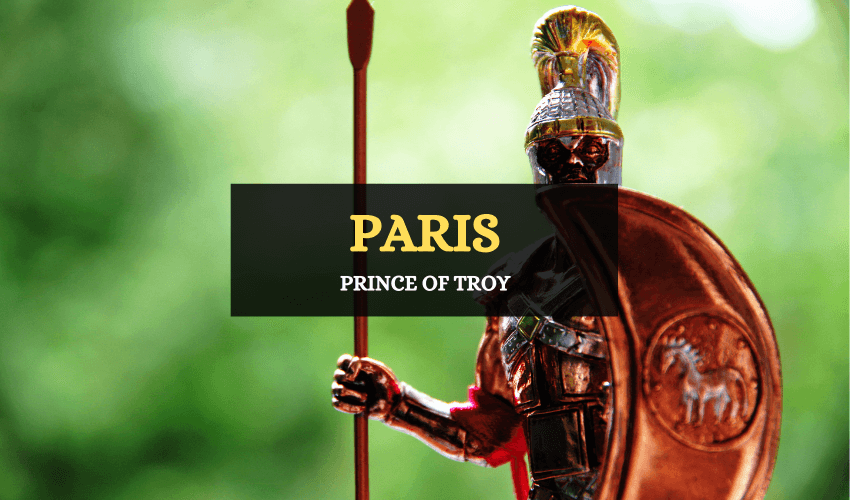
Table of Contents
Greek mythology teemed with minor deities whose myths connected them with the main gods, and Daphne, the nymph of laurel, is one such character. In Ancient Greek, Daphne is the word for laurel. She was the beginning of a long worshipping tradition. Here’s a closer look.
Who was Daphne?
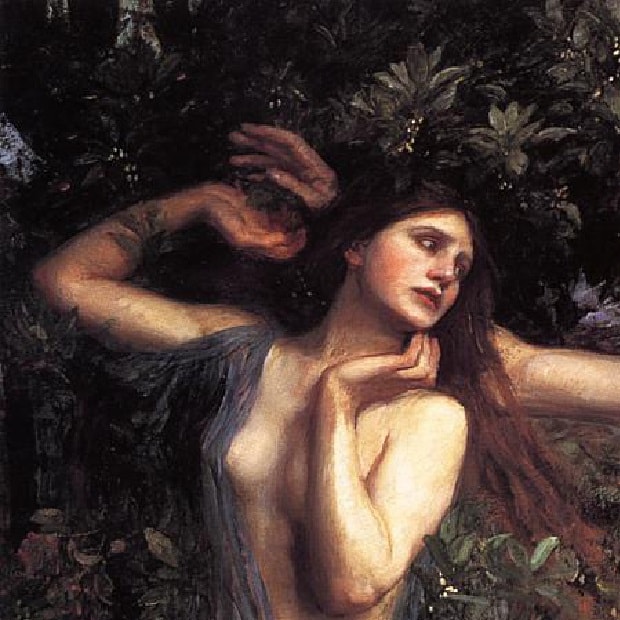
The myths vary vastly on who Daphne’s parents were and where she lived. In some accounts, Daphne was the daughter of the river god Ladon of Arcadia; other myths place her as the daughter of the river God Peneus in Thessaly. The bottom line is that she was a Naiad nymph, the minor deities of the freshwater bodies. Her depictions show her as a beautiful woman.
Daphne and Apollo
Daphne’s most famous association is with Apollo, god of music, light and poetry. Her story with Apollo begins with a disagreement between Apollo and Eros, the god of love.
Eros was a powerful deity of love, with two types of arrows – golden arrows that would make a person fall in love, and lead arrows that would make a person immune to love. According to the myths, Apollo questioned Eros’ archery skills after a tournament. Apollo mocked Eros for his small size and the purpose of his darts, teasing him for having a trivial role. For this, the god of love acted against him.
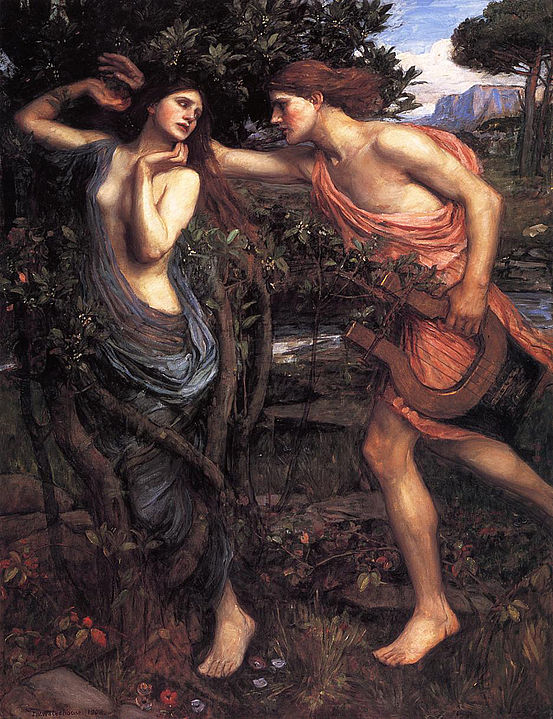
To punish Apollo, Eros shot the god with a love-inducing arrow and Daphne with a lead arrow. As a result, Apollo fell madly in love with the naiad nymph. But unfortunately for him, she kept rejecting him every time he tried to court her.
This complicated love story was the beginning of Apollo’s desire for Daphne. The god followed Daphne, but she kept rejecting his advances and ran away from him, seeking protection from other gods. When Apollo was finally about to catch her, Daphne asked Gaia, the goddess of the earth, for her help to avoid Apollo’s advances. Gaia obliged and turned Daphne into a laurel tree.
The laurel became a symbol of Apollo.
Daphne in the Myths
Daphne did not have a strong presence in any other myth apart from the events with Apollo. In some stories, Daphne and other nymphs killed Leucippus, the son of King Oenomaus of Pisa. The story goes that he approached them to enamor Daphne, disguised as a maiden. However, the ruse fell apart when the group got naked to swim in the Ladon. They took Leucippus’ clothes away and killed him. In some accounts, the jealous Apollo caused the nymphs to want to swim, and they killed Leucippus. Other myths say that the god killed Daphne’s suitor.
The Laurel in Mythology
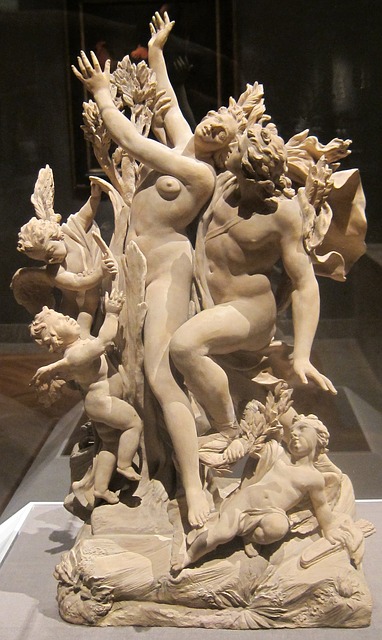
After Daphne turned into a laurel tree, Apollo took a branch of the tree and made himself a wreath. Apollo took it as his foremost symbol and his sacred plant. The laurel became the symbol of poetry, and the winners of the Pythian games, offered to Apollo, received a laurel wreath. Apollo’s cults in Delphi also used the laurel for rites and worship.
In most artwork portraying Daphne, artists choose to depict the moment Daphne is turning into a laurel tree, with Apollo distraught beside her.
The Laurel as a Symbol
Nowadays, the laurel wreath is a symbol of triumph and honor. This tradition derives from Roman culture, where the victors of the battles received a laurel wreath. The laurel wreath is also present in academia, where graduates receive one after they finish their studies. There are a variety of schools and graduate programs that honor their graduates, crowning them with laurel or simply depicted laurel leaves on documents.
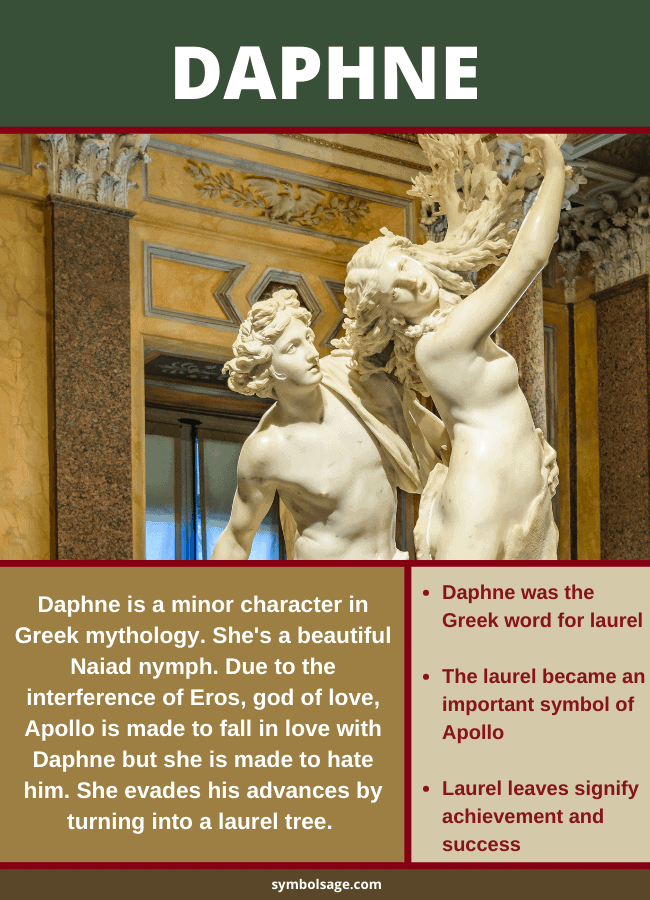
In Brief
Daphne was a central part of Apollo and Eros’ myth since she received Apollo’s love. This event marked the beginning of a long-lasting tradition that would influence today’s culture. The laurel wreath is an honor many people long for, and like many things in our world, we have Greek mythology and Daphne to thank for giving us that symbol.




